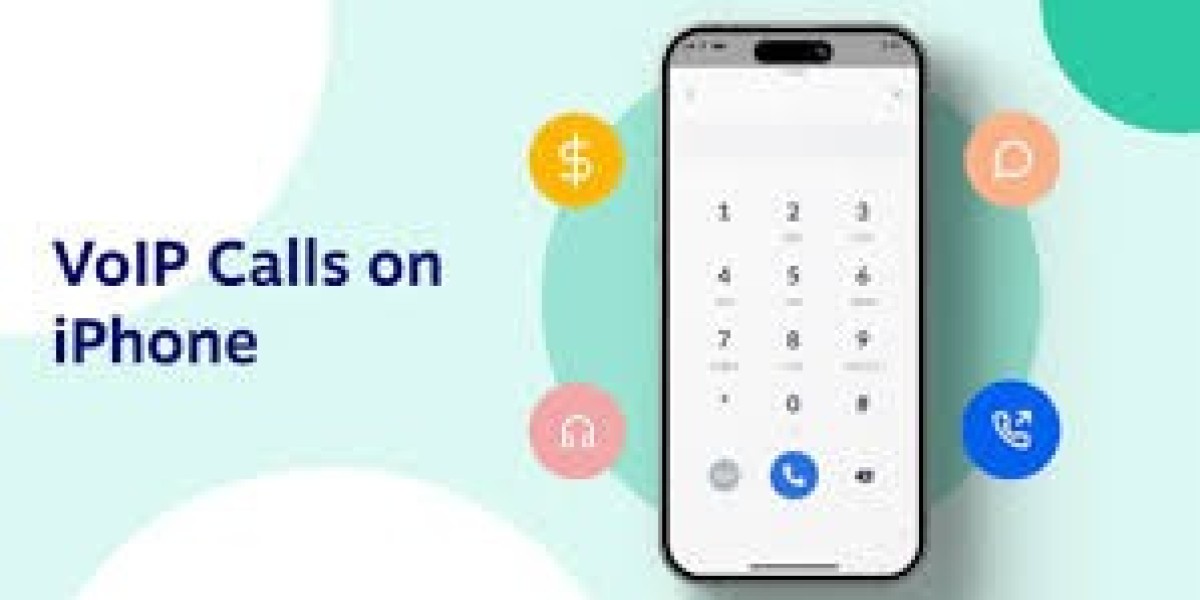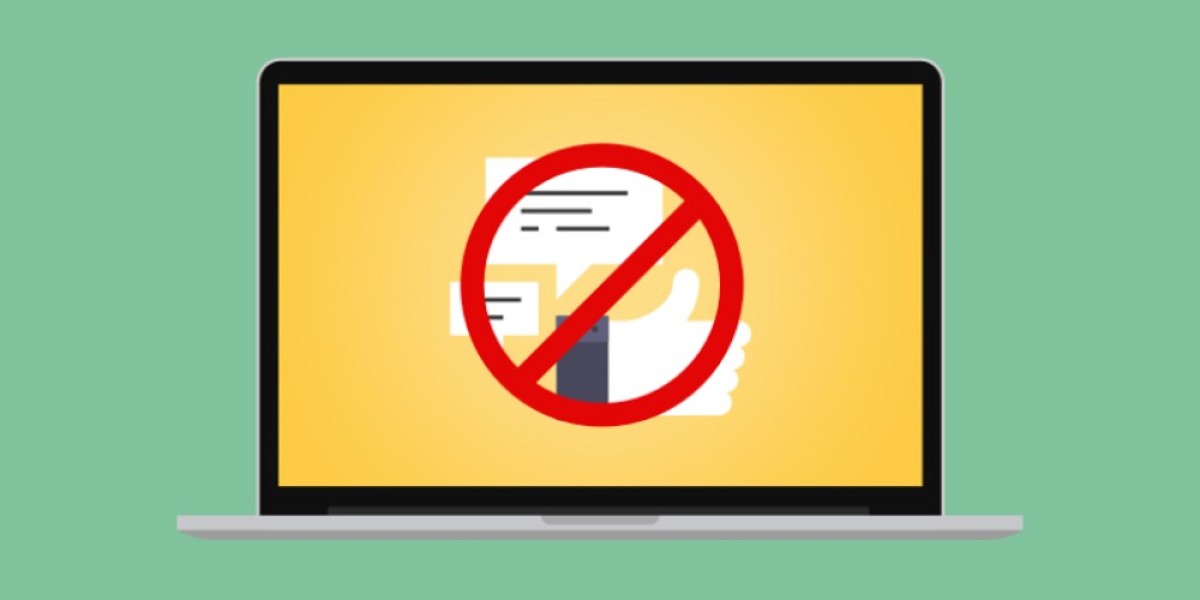Smartphones have turned into full-blown business tools, and voice calling, the simplest way to connect has evolved too. Instead of relying only on cellular minutes, modern companies use mobile dialers (softphones) that route voice over data (VoIP). Ringopus positions itself as one of the platforms helping businesses move telephony into the cloud and yes, that includes turning your iPhone into a full-featured business phone. In this in-depth post we’ll unpack what Ringopus’ iPhone mobile dialer service is, how it works, why it matters for businesses, practical setup and usage tips, and how to evaluate it against other options.
Call here for details: 1-800-653-3407
What exactly is an iPhone mobile dialer?
An iPhone mobile dialer (also called a softphone app) is an application that runs on your iPhone and uses internet data (Wi-Fi or cellular) to make and receive voice calls — usually using SIP and VoIP technologies — rather than relying strictly on the carrier voice network. For businesses this means the same corporate extension, caller ID, call-routing rules and advanced contact-center features can follow you on the go. Mobile dialers can also add features like call recording, message sync, CRM pop-ups and click-to-call from apps.
Ringopus at a glance
Ringopus describes itself as a cloud communications platform that provides APIs, developer tooling, and integrated solutions across voice, messaging and video. Their public pages list products such as Voice API, SMS/MMS APIs and features associated with contact centers, autodialers/predictive dialers and unified communications. In plain terms: Ringopus is built to let enterprises embed telephony into their apps and operations — and one visible manifestation of that is their mobile dialer capability, which they promote as turning smartphones into global VoIP phones compatible with both Android and iPhone.
Core features of the Ringopus iPhone Mobile Dialer
Below are the primary capabilities you can expect from Ringopus’ mobile dialer offering, based on Ringopus’ product descriptions and promotional material:
- VoIP calling on iPhone (SIP/Voice API)
Ringopus provides Voice APIs and client SDKs to enable voice calling over data networks — which is the technical backbone of any mobile dialer. That means the iPhone app can place and receive calls using your business telephony numbers and infrastructure rather than the cellular network. - Single-extension mobility & caller identity
A proper mobile dialer brings your office extension (and business caller ID) to your handset so outbound calls appear as company numbers and inbound business calls ring through the app — helping separate personal and work communications. - Contact center and outbound dialing features
Ringopus advertises contact-center features and outbound dialing tools such as predictive or auto dialers and call broadcasting — so the mobile dialer works alongside agent workflows and outbound campaigns. This is key for sales teams and dispersed contact centers. - Developer tools & integrations (SDKs / APIs)
Ringopus highlights SDKs and an API-first approach for embedding the dialer experience into other apps, plus integration hooks for CRM and business tools — useful for companies that want click-to-call, call logging, or screen-pops inside their systems. - Messaging + multi-channel communications
The platform does more than voice; it positions voice alongside SMS, MMS and chat/WhatsApp channels — meaning the mobile dialer sits inside a broader multichannel communications strategy. - Global reach & cost control
By routing calls over IP, the dialer can reduce carrier minute usage and offer lower-cost international calling options — a central selling point of mobile dialers. (This is a general VoIP benefit and also part of Ringopus’s positioning.)
Why businesses choose an iPhone mobile dialer like Ringopus
There are several practical, measurable advantages to running your phone system through a mobile dialer:
Consistent business identity on all devices
Your outbound caller ID, voicemail and extensions remain consistent whether the user is in the office or on their iPhone. That’s important for brands and professional teams calling customers.
Lower costs for international and high-volume calling
VoIP avoids charging per traditional voice minute on carrier plans — which can lower expenses when teams make lots of calls or work across borders.
Seamless agent workflows for remote contact centers
Contact center features (predictive dialing, monitoring, call recording) combined with a mobile app let agents work remotely without losing operational features — useful in hybrid or fully distributed teams.
Tighter CRM and analytics integration
When the dialer is integrated with your CRM, every call can be logged, transcribed, and attached to contact records — a major productivity boost for sales and support teams. Ringopus emphasizes APIs and SDKs to make these integrations easier.
Developer-first customization
If your product or workflows need special behaviors (e.g., call flows triggered by your app, custom IVR rules, or event-driven call handling), an API/SDK approach means you can embed calling features exactly where you need them. Ringopus promotes this flexibility as a core strength.
The iPhone experience — what users can expect
While exact UI and settings depend on the version of the app and any white-labeling, here are the typical elements to expect on iPhone:
- Native dialer UI inside the app (call log, dialpad, contact list, favorites).
- Push notifications for incoming calls (iOS requires push notifications to reliably wake softphone apps).
- Network fallback behavior — the app will typically prefer Wi-Fi, then cellular data, and may have options to route calls via PSTN fallback if configured by the provider.
- Call management features — hold, transfer, mute, record (if enabled by policy), and conference.
- Voicemail & voicemail-to-email integration.
- Security measures such as TLS/SRTP for encrypted signaling and media, depending on provider implementation. Ringopus lists security and support resources as part of its product docs.
Because Apple’s platform imposes certain constraints (particularly on background VOIP behavior), enterprise softphones rely heavily on push notification frameworks to ensure incoming calls ring reliably — and reputable providers optimize around those constraints.
Typical Ringopus mobile-dialer use cases
Field sales teams — Use the app to call prospects with the company number, log calls to CRM, and switch between Wi-Fi and cellular data while traveling.
Remote contact center agents — Agents can take campaigns, use predictive/autodialer flows, record interactions and receive supervisor coaching — without a fixed desk phone.
Small businesses — Keep a small distributed team reachable under a single business identity rather than giving out personal mobile numbers.
Developers & SaaS vendors — Embed calling into customer portals or apps using Ringopus’ voice APIs and SDKs for custom workflows.
Getting started: a practical checklist for iPhone deployment
If you’re evaluating—or ready to deploy—Ringopus’ mobile dialer on iPhone, here’s a practical rollout checklist:
- Clarify requirements — Do you need contact center features (predictive dialer, recording), purely mobile extensioning, or deep CRM integration? Ringopus advertises a broad product set, so match features to use cases.
- Account & provisioning — Contact the Ringopus sales or support team to set up tenant accounts and user provisioning (their site shows pathways for “Start Now / Contact Sales”).
- App installation & device policies — Deploy the iPhone app via App Store (or managed deployment for enterprise), and set device policies for network usage, recording permissions, etc.
- SIP / credential configuration — Ensure user credentials, SIP server addresses and outbound proxy rules are configured either through hosted provisioning or within the app. Ringopus supports client SDKs and provisioning flows.
- Network readiness — Test with Wi-Fi and LTE, check jitter/latency, implement QoS where possible, and consider local SIP trunking or trunking partners for optimal call quality.
- Security & compliance — Confirm encryption (TLS/SRTP), access controls, and data handling policies (especially if call recordings or transcripts include sensitive data). Ringopus lists security and documentation resources for customers.
- Pilot & scale — Run a small pilot, measure call stability and UX (push reliability on iOS is critical), iterate, then scale across your user base.
Integrations & developer considerations
One of Ringopus’s selling points is its API/SDK orientation. If you’re a developer or product manager:
- Embed softphone UIs into web or mobile apps using SDK components.
- Trigger calls programmatically (e.g., click-to-call from a CRM record).
- Capture call events for analytics and attach them to customer profiles.
- Automate dialer campaigns using backend APIs and call lists.
These capabilities let organizations stitch unified communications tightly into their business processes rather than treating telephony as a separate system.
How Ringopus compares (briefly)
The market includes established UCaaS and softphone vendors like RingCentral, Ringover and others. What differentiates providers often comes down to:
- API / developer friendliness — Some vendors are easier to embed into custom apps. Ringopus markets itself as API-first.
- Contact center and dialer robustness — If you need large-scale predictive dialers, compare the exact features and compliance with regulations (TCPA, GDPR etc.). Ringopus lists outbound dialer features among its offerings.
- Global reach & carrier relationships — Providers differ in local termination quality and regulatory support; assess voice quality for your target geographies.
- Operational tooling & analytics — Dashboards, transcription, sentiment analysis and conversation intelligence vary by vendor; pick what maps to your reporting needs. (Third-party reviewers often rate different vendors for these areas.)
Potential pitfalls & what to test during evaluation
- Call reliability on iOS — Because iOS manages background apps tightly, test incoming calls and push reliability thoroughly.
- Audio quality under mobile networks — Test on different carriers and in low-signal scenarios.
- Legal/compliance for recordings and automated dialing — If you use predictive dialers or record calls, ensure your workflows meet local regulations.
- Battery usage — Continuous use of a softphone can increase battery drain; validate in real-world usage.
- Support & SLA — For business-critical voice, confirm SLAs and response times for support issues.
Real-world ROI examples
Organizations that shift to a mobile dialer model typically see benefits such as:
- Reduced mobile carrier and roaming costs for international calling (via VoIP routing).
- Improved agent flexibility and lower infrastructure overhead (no need for physical desk phones).
- Better data: automatic call logging, transcriptions and integration into sales workflows improves follow-up and conversion rates.
(Exact ROI depends on call volumes, geography and pre-existing telephony contracts.)
Final thoughts — is Ringopus’ iPhone mobile dialer right for you?
If your organization values API-first communications, needs to embed calling into apps, or operates distributed teams that must retain full contact-center capabilities on mobile devices, Ringopus’ positioning as a cloud communications platform with mobile dialer capabilities makes it worth evaluating. Their public materials highlight Voice APIs, SDKs, outbound dialing tools and multichannel messaging — all ingredients of a modern mobile softphone strategy. For proof in your environment, run a short pilot: test call quality on iPhones across networks, verify push-notification reliability, confirm CRM integrations and validate compliance requirements around recordings and automated dialing.
Quick resources & next steps
- Visit Ringopus’ main site to view products, docs and contact sales.
- If you want help planning a pilot (technical checklist, test scripts for iPhone, or an RFP template comparing Ringopus with competitors), tell me your priorities and I’ll create a tailored rollout plan.
If you’d like, I can now:
- Draft a technical pilot plan (including test cases for iPhone reliability and audio quality), or
- Compose an RFP checklist comparing Ringopus vs two competitors (features, APIs, pricing signals to request), or
- Produce a condensed 1-page executive summary for leadership explaining costs, risks and expected benefits.



